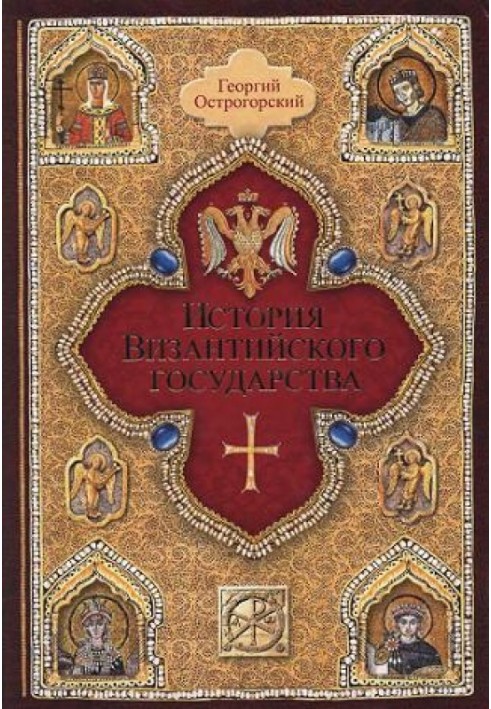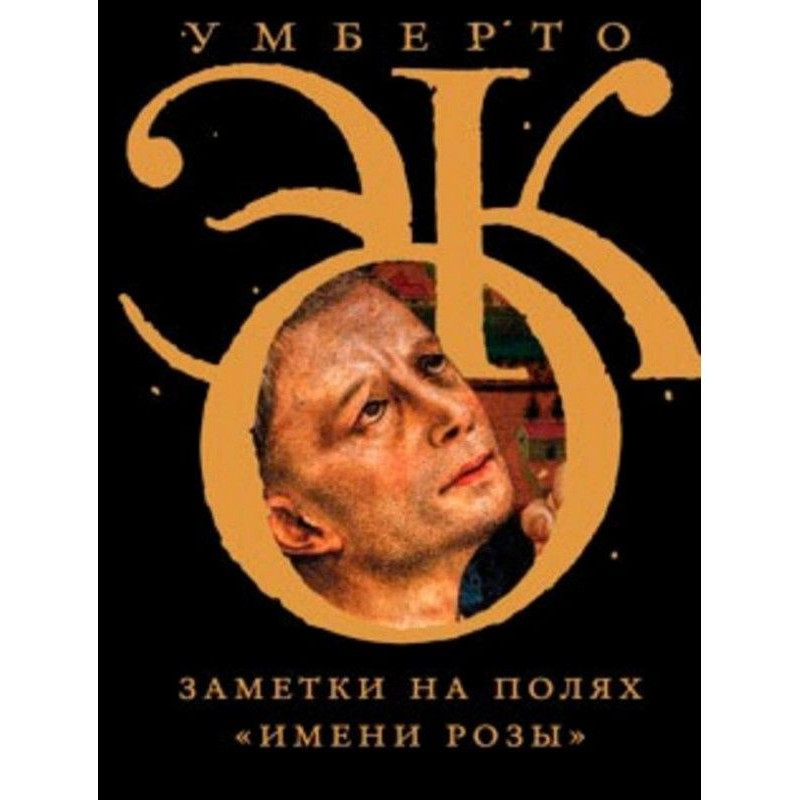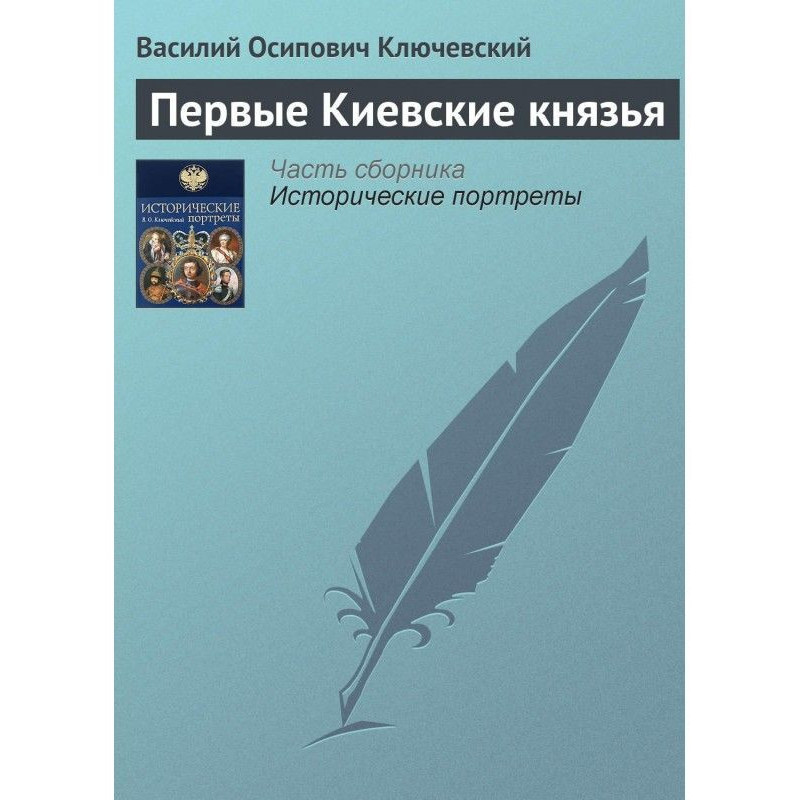History of the Byzantine state
 Instant download
Instant download
after payment (24/7)
 Wide range of formats
Wide range of formats
(for all gadgets)
 Full book
Full book
(including for Apple and Android)
The book by the famous Serbian Byzantine scholar of Russian origin Georgiy Aleksandrovich Ostrogorsky (1902-1976), dedicated to the history of the Byzantine state, is recognized as one of the best general essays in world Byzantine studies and can rightfully be considered a classic reference work on the history of Byzantium. The Russian translation is accompanied by a biography of the author, as well as a bibliographical addition. The book is equipped with indexes, tables and maps. For historians, political scientists, students and all lovers of Byzantine history.
Contents: Preface to the Russian edition
Georgy Aleksandrovich Ostrogorsky (1902–1976)List of works G. A. Ostrogorsky Preface by V. Otto to the second edition From the author's preface to the first edition Author's preface to the second edition Author's preface to the third publication
Introduction. Development of the science of the history of Byzantium
Main features of the development of the Early Byzantine state (324–610)SourcesChristianized Roman EmpireEra of migrations and Christological disputesRestoration policy of Justinian and its collapse
Struggle for survival and renewal of the Byzantine state ( 610–711) SourcesWars with the Persians and Avars. Heraclius's reformsThe time of the Arab invasion: the last years of Heraclius; Constant IISalvation of Constantinople and strengthening of the new system: Constantine IV and Justinian IIDecline of the dynasty of Heraclius
The era of the iconoclastic crisis (711–843)SourcesLeapfrog on the throneIconoclasm and wars with the Arabs: Leo IIIIconoclasm and wars with the Bulgarians: ConstantineDecline of iconoclasm and the restoration of icon venerationByzantium and Karl The GreatReforms of Nikephoros I and foreign policy dangers: Byzantium and KrumIconoclastic reaction
The rise of the Byzantine Empire (843–1025)SourcesAt the dawn of a new eraThe era of codification of law: Basil I and Leo VIByzantium and Simeon of BulgariaThe struggle of the central government against the power of the feudal lords. Cultural flourishing at the Byzantine imperial court. Roman Lecapinus and Constantine PorphyrogenitusThe Age of Conquest: Nikephoros Phocas and John TzimiskesThe Highest Point of Byzantine Power: Basil II
The Reign of the Capital's Official Aristocracy (1025–1081)SourcesThe Collapse of the Middle Byzantine State SystemThe Collapse of Domestic and Foreign Policy
The Reign military aristocracy (1081–1204)SourcesRestoration of the Byzantine Empire under Alexios I KomnenosNew rise of Byzantine power and first defeats: John II and Manuel IAttempt at reaction under Andronikos Comnenus Catastrophe
Latin domination and restoration of the Byzantine Empire (1204–1261)SourcesThe emergence of a new system of statesThe rise and fall of Epirus. Victory of NicaeaOn the eve of restorationRestoration of the Byzantine great power: Michael VIII
Decline and collapse of the Byzantine Empire (1282–1453)SourcesByzantium as a minor state: Andronikos IIEra of civil wars. Serbian domination in the BalkansOttoman conquest of the Balkan Peninsula. Byzantium as a state dependent on the Turks
Bibliographical Appendix
Genealogical tables and lists of rulers
Index
List of abbreviations, often cited works and periodicals
Data sheet
- Name of the Author
- Георгий Острогорский Александрович
- Language
- Russian
Reviews
Неперевершене дослідження візантійської історії
Книга Георгія Острогорського "Історія Візантійської держави" є справжнім шедевром візантинознавства, який вражає своєю глибиною аналізу та об'єктивністю викладу. Автор, будучи видатним візантиніста, вдало поєднує науковий підхід з доступністю для широкого кола читачів. Книга охоплює величезний період історії Візантії, починаючи з її становлення і закінчуючи падінням імперії, що дозволяє читачеві отримати цілісне уявлення про розвиток цієї унікальної цивілізації. Особливо вражає наявність біографії автора та бібліографічного доповнення, що робить цю працю ще більш цінною для дослідників. Завдяки таблицям, картам та покажчикам, читач може легко орієнтуватися в матеріалі та знаходити необхідну інформацію. Ця книга стане незамінним джерелом для істориків, політологів, студентів та всіх, хто цікавиться візантійською історією. Рекомендую всім, хто хоче зануритися в багатий світ Візантії!










